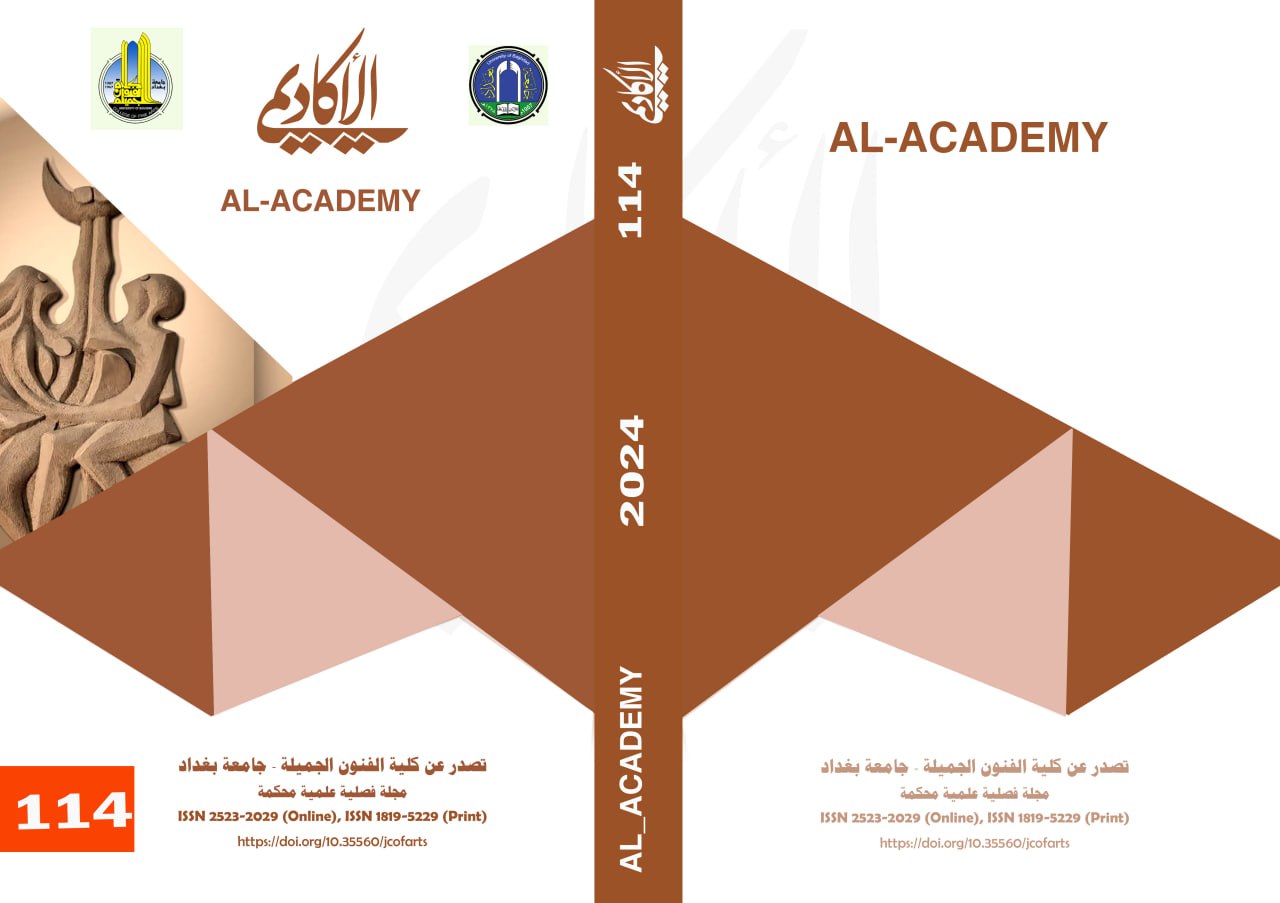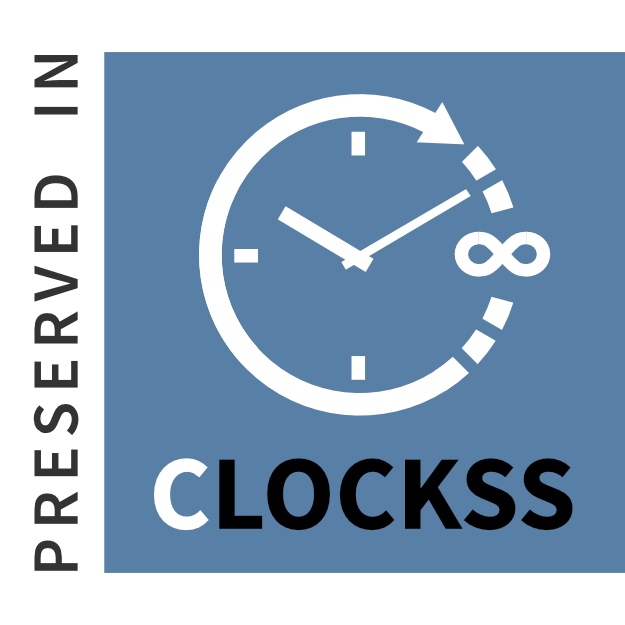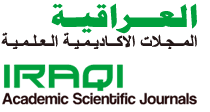The effect of the thinking maps strategy on developing productive thinking among female students of the Institute of Fine Arts in the subject of analysis and artistic criticism
DOI:
https://doi.org/10.35560/jcofarts1506Keywords:
thinking maps strategy , productive thinking , analysis and artistic criticismAbstract
The aim of the current research is to identify the effect of the thinking maps strategy in developing productive thinking among female students of the Institute of Fine Arts in the subject of analysis and art criticism. To measure the size of the effect, the researcher adopted the experimental method with two experimental and control groups with a pre- and post-test, and the research tool was a measure of productive thinking for a sample of female students in the Fine Arts Department. The number of students was (17). The data was analyzed using the SPSS statistical package, and the results were shown There is a statistically significant difference between the average scores of female students in the two research groups on the post-productive thinking scale, in favor of the experimental group. There is a statistically significant difference between the average ranks of the scores of the two research groups in the pre- and post-productive thinking scale, and the alternative hypothesis is accepted, which states that there are differences between the average scores of the two research groups in the pre- and post-productive thinking scale
References
Imran, E. (2008). The effectiveness of mind maps in developing some mental habits and achievement among first-year middle school students. Cairo: An Shams University, Girls’ College, Master’s Thesis.
Al Shaheen, S. (2005). A proposed educational program in artistic appreciation and criticism based on interactive multimedia and the extent of its benefit in the intermediate stage. Saudi Arabia: Umm Al-Qura University, College of Education, Department of Art Education, Master’s thesis.
Al-Khadhra, F. (2005). Contemporary School Curriculum. Riyadh: Al-Rushd Library for Publishing and Distribution.
Al-Omar, B. (1990). The Learner in Educational Psychology. Kuwait: Kuwait University - College of Education.
Attia, M. (2015). Thinking, its types, skills and teaching strategies. Safaa Publishing and Distribution House: Jordan.
Diab, S. (2000). Teaching and learning thinking skills in the mathematics curriculum for upper primary school students. Palestine: Dar Al-Manara for Publishing and Distribution.
Hurson, t. (2008). think better; an innovators guide to productive thinking. New York: B.D.
Salam Subhi, A. (2007). Modern features and techniques of contemporary plastic art and their role in enriching artistic taste. Baghdad: University of Baghdad, College of Fine Arts, PhD thesis.
Senioura, H. (2010). The effectiveness of the strategies of thinking maps and reciprocal teaching in developing metacognitive skills in science among middle school students. Egyp: Faculty of Education, Helwan University, Master’s thesis.
Zaytoun, H. (2003). Learning and Teaching from a Constructivist Perspective. Cairo: Alam Al-Kutub.














